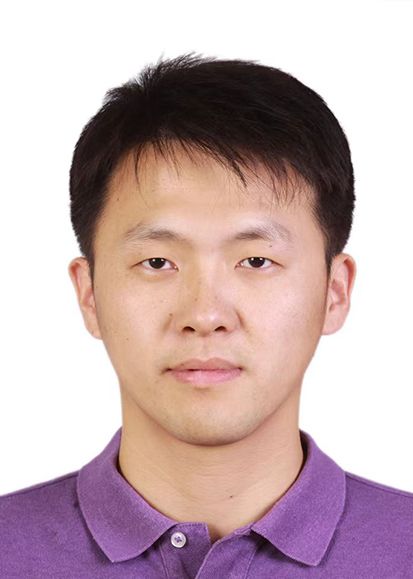Research Group
(1) Employing machine learning methods to solve equations of mathematical physics derived from first principles.
(2) Utilizing theories of partial differential equations to understand and elucidate the processes and mechanisms of machine learning, and to enhance them.
(3) Integrating data-driven machine learning methods and numerical methods in solving partial differential equations to tackle a broader spectrum of mathematical problems.
(4) Researching and applying new mathematical methods to resolve newly emerged, interdisciplinary problems spanning natural science, engineering, biology, economics, finance, and social sciences.
(5) Leveraging machine learning methods to model and forecast complex systems, addressing challenges such as high dimensionality, uncertainty and nonlinearity for the prediction of the future development of the systems.
(6) Developing optimization theory and algorithms and implementing cutting-edge optimization solvers for large-scale nonconvex and non-smooth machine learning models.
(7) Studying the foundations of AI, including topics such as knowledge representation, logical inference, epistemic logic, formal verification, μ-calculus, game semantics, statistical inference, and game tree analysis.
(8) Conducting deep semantic analysis and understanding of various types of text, images, and audio and video data, and mining semantic associations between entities, by leveraging cutting-edge machine learning, natural language processing, large language modeling, and multimodal analysis technologies.
Qi Feng
Professor

Jie Ma
Professor
Mingming Sun
Professor
Kazuyuki Tanaka
Professor
Xiaoming John Zhang
Professor
Lin Gan
Associate Professor
Yaqing Wang
Associate Professor
Miao He
Assistant Professor
Xiaopei Jiao
Assistant Professor
Shailesh Lal
Assistant Professor
Wenjuan Li
Assistant Professor
Bei Liang
Assistant Professor
Congwei Song
Assistant Professor
Zeju Sun
Assistant Professor
Yajuan Wang
Assistant Professor
Yingjie Zhang
Assistant Professor





